Little Tikes 7' Trampoline Manual
Little Tikes
Trampolin
7' Trampoline
| Mærke: | Little Tikes |
| Kategori: | Trampolin |
| Model: | 7' Trampoline |
| Bredde: | 2438.4 mm |
| Dybde: | 2286 mm |
| Højde: | 1557 mm |
| Produktfarve: | Blue,Orange |
| Maksimal belastningsvægt: | 45 kg |
| Ramme, materiale: | Plast |
| Produkttype: | Trampolin |
| Pakkevægt: | 43000 g |
| Pakkedybde: | 381 mm |
| Pakkebredde: | 1260.6 mm |
| Pakkehøjde: | 571.5 mm |
| Produkter pr. intermodal container (20 fod): | 103 stk |
| Produkter pr. intermodal container (40 fod, HC): | 242 stk |
| Pakketype: | Kasse |
| Certificering: | CE |
| Understøttet placering: | Udendørs |
| Overfladefarvning: | Monokromatisk |
| Hovedkassen højde (udvendigt): | 571.5 mm |
| Hovedkassens længde (udvendigt): | 381 mm |
| Hovedkassens bruttovægt (udvendigt): | 43000 g |
| Hovedkassens bredde (udvendigt): | 1260.6 mm |
| Produkter pr. intermodal container (40 fod): | 237 stk |
| Form: | Rund |
| Lukketype: | Lynlås |
| Anbefalet alder (min.): | 3 År |
| Konstruktionstype: | Skruefjeder |
| Antal ben: | 6 ben |
| Ydre emballage volumen: | 274500 cm³ |
| Målgruppe: | Børn |
| Safety net: | Ja |
| Skoholder: | Ja |
| Antal poler: | 6 |
| Sikkerhedspolstringsafdækning: | Ja |
| Pæl beskyttelsesforing: | Ja |
| Ramme, diameter: | 1900 mm |
| Pakkevolumen: | 274500 cm³ |
| Montering påkrævet: | Ja |
Har du brug for hjælp?
Hvis du har brug for hjælp til Little Tikes 7' Trampoline stil et spørgsmål nedenfor, og andre brugere vil svare dig
Trampolin Little Tikes Manualer

16 September 2024

13 September 2023

8 August 2023

16 November 2022

15 Oktober 2022
Trampolin Manualer
- AXI
- Bestway
- Christopeit
- Klarfit
- Domyos
- Etan
- Uniprodo
- Funfit
- Crivit
- Active Intent Play
- Berg
- Game On Sport
- Sportstech
- Tunturi
- Avyna
Nyeste Trampolin Manualer
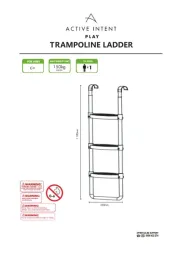
17 September 2025
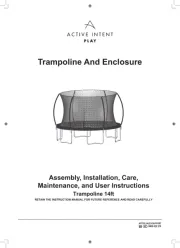
16 September 2025
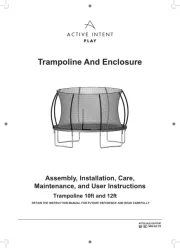
16 September 2025
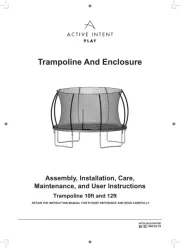
16 September 2025
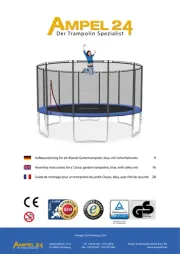
22 August 2025
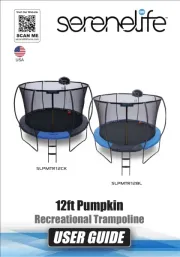
21 August 2025
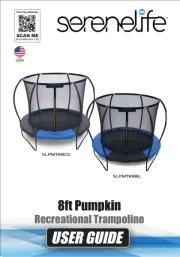
20 August 2025
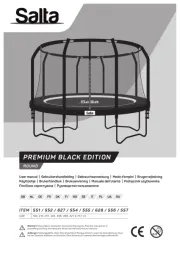
11 August 2025
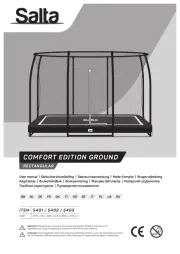
9 August 2025
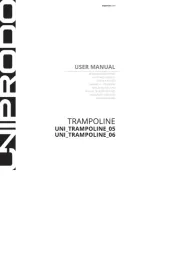
22 Juli 2025
